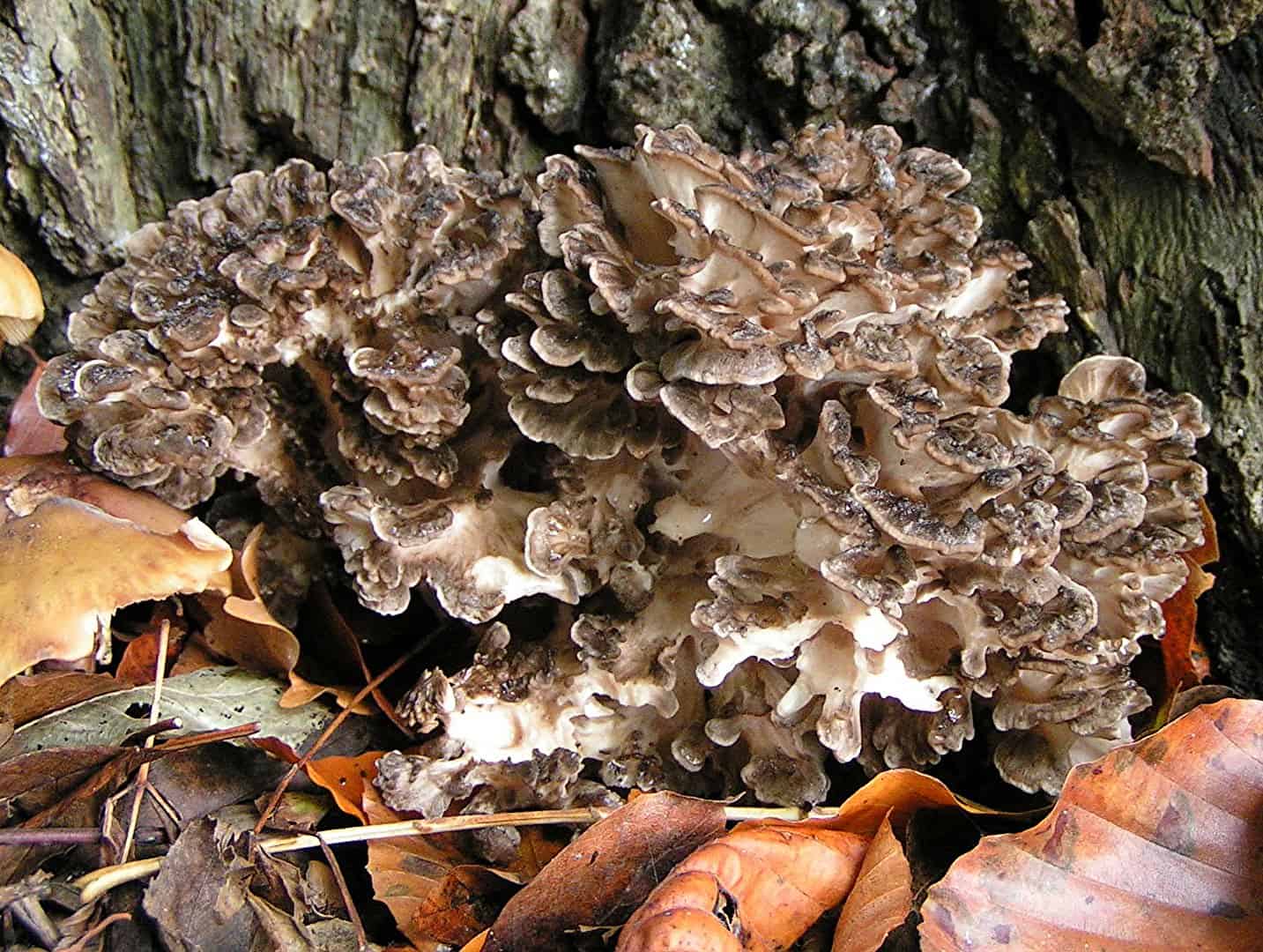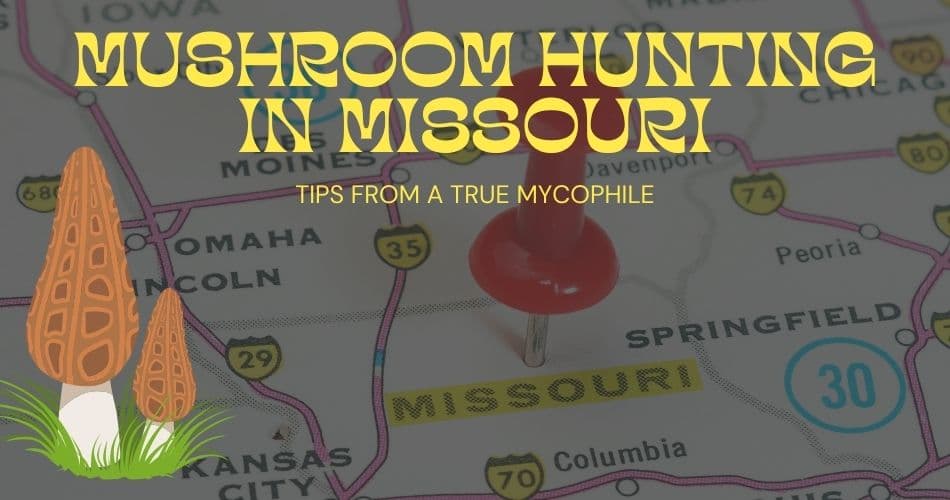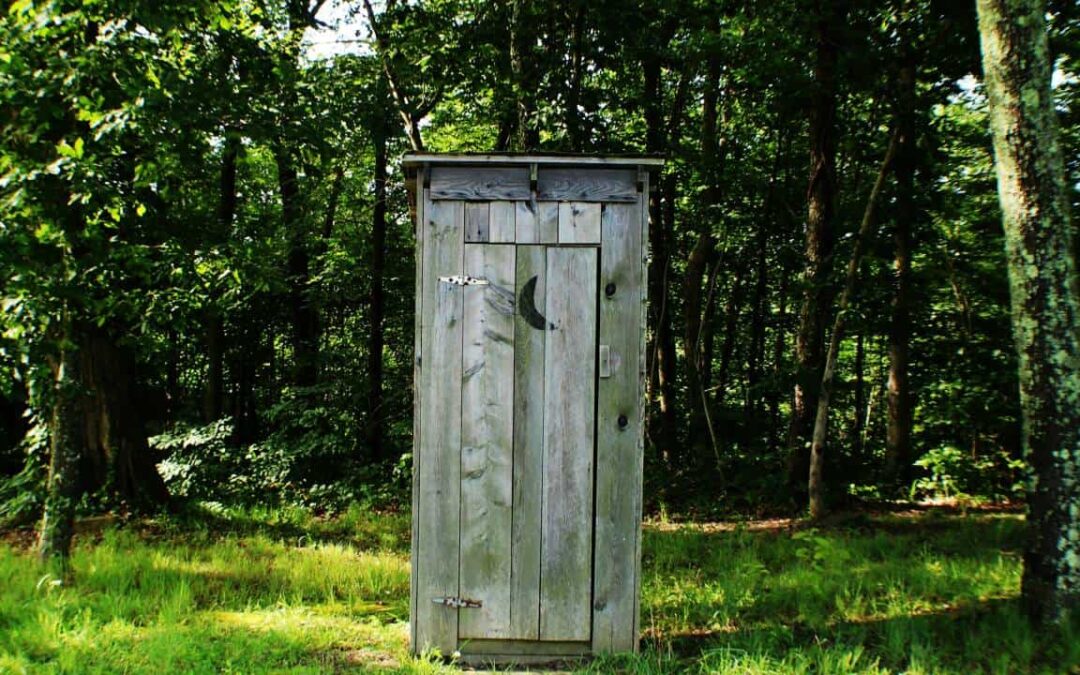The rich diversity of mushrooms in Missouri lends itself to some incredible fungi hunting experiences. In fact, when you find yourself mushroom hunting in this great state, you’re going to enjoy some of the most scenic nature in all of America.
If you love the outdoors and get a thrill from seeking elusive Morels in the Spring, let alone Oysters or Hen of the Woods, Missouri will not disappoint you.
Whether you’re an experienced mushroom hunter or not, keep reading for information that will teach you and guide you to your first finds.
I’ve been mushroom hunting since I was a young child. It’s a skill that has been passed down from generation to generation in my family. To this day, mushroom hunting is an integral part of my existence living off the grid.
I’ve made some mistakes in identification in the past so you don’t have to.
I’ve learned the tricks of the trade that usually experience alone teaches you.
Now, it’s time for you to become a true fungi hunter… it’s my time to pass my knowledge down to you.
Ready? Let’s dive into it!
Understanding How Mushrooms Breed and Grow Helps You Find Them

The above photo is a great example of a colony of mushrooms. They are representative of the dense Mycelium growing underneath the ground or in the rotten wood.
Some mushrooms only grow in wood that is rotting. Other mushrooms will grow in soil.
The Hyphae is a small segment that forms from the spores released by the mushroom’s pores or gills.
These attach to each other, forming a type of root structure that is the actual plant. It grows out of sight and breeds with new Hyphae by bonding together.
Then, mushrooms form, erupting through the soil or wood when the climate is most suitable. Usually, this happens shortly after rain.
The mushrooms pop up to help the Hyphae replicate and reproduce by releasing spores that spread and produce new Hyphae.
Mushrooms appear wherever Mycelium exists.

Now you understand how they grow. It’s important to learn that not all mushrooms will grow in close clusters.
Morels, for example, are typically spread apart more, but they are connected by a vast Mycelium.
This Mycelium, if left undisturbed, may continue to form mushrooms in the same locations for many years.
This is the very reason that mushroom hunters do not disclose the places they have found mushrooms. To do so would mean giving up future finds.
The Types of Mushrooms In Missouri and Where They Typically Grow
For the sake of keeping this article short enough to not consider a book, I’ll only discuss a few of the more popular and easy-to-identify mushrooms that can be found when mushroom hunting in Missouri.
Black Morels

The above photo shows how to properly identify Black Morels. You would also identify Yellow Morels in the same way.
The same basic shape to the top of the mushroom is present. It’s filled with hollow channels and looks like a brain might appear.
It is often compared to a sponge in the way it looks. You might feel they resemble small trees?
When cut open, the true Morel Mushroom is hollow and white. If you cut a mushroom, thinking it is a Morel, and it has meat in the stem or cap area, it is a False Morel and shouldn’t be eaten.
How to Find Morels
Morel hunting is the sign of Spring. They can be found in April and in many states, they are the first mushrooms of the season.
They’re brought on by warmer nights and the rain of Spring. If it rains at the end of March and it warms enough, it’s possible to see them earlier than April, but rare.
Morel mushrooms will be found on the ground, never growing on a tree, though they may be found growing between twigs and branches on the ground.
They love to grow on the southerly side of Oak, Elm, Ash, or Aspen trees. Sometimes they are hidden in the leaf litter on the ground underneath these trees.
They’ll be hard to spot in the shady area underneath the trees and prefer the trees closest to the edge of a forest area. They may grow in a patch of trees near a pasture.
If there is a rotten tree trunk on the ground, investigate it for the presence of Morels. The Mycelium is fed by the nutrients provided by the rotting wood. It’s a symbiotic relationship.
If there is an area that recently had a fire, Morel mushrooms thrive in these places and are often found on remnants of burn piles near wooded areas.
Preparing Morels
As the photo above shows clearly, there are many places for bugs to hide in Morels. After you slice them open, clean them thoroughly.
You can add Morels to any recipe that normally calls for mushrooms. Some people find them delicious when cooked in butter with onions and garlic.
I love to cook them with mixed peppers and onions and add them to chicken fajitas. I love the nutty flavor they add.
Check out this great recipe on sautéed morel mushrooms here.
Oyster Mushrooms are Plentiful In Missouri

Oyster mushrooms should be high on your list in Missouri because they can be found virtually year-round.
You want to find them when they are young because they fall prey to beetles, slime mold, and other insects. Finding oyster mushrooms before they are damaged is the key.
Where Oysters Can Be Found
Oysters grow on dead, decaying wood. You will not find them directly on the ground; they’ll be found on a tree or on a decaying log.
They especially love Beech and Aspen varieties of trees but will also make their home on conifers.
They love forests, shade, humidity, and subtropical climates. You may find them in many places across the United States. Missouri has them in abundance.
How to Identify Oyster Mushrooms
They are named for their oyster-like shape. They have a short stem, grow in clusters, and have gills.
There are different varieties of oysters that may vary in color. Typically, they range from white to gray, to brown, but may even be pink in color.
They will be 2 to 10 inches across the cap and grow together in a cluster of shelves. They have a funnel-shaped cap with a lower center compared to the edges of the cap.
When in doubt, a mushroom can be harvested, and definitively identified from a spore print. This is as simple as placing the mushroom, gills, or pore side down, adding a drop of water to the cap.
Check out our piece on mushroom hunting in Ohio for an in-depth description on how to do this properly (use the table on contents at the top to quickly locate the section).
Cover with a glass cup or dish and leave alone for several hours to a full day. The spores will leave a print on the paper and be white to light gray. They may have a slight lavender tint.
Preparing Oysters for Eating
These should always be cooked for eating. In fact, always cook wild mushrooms for safety. The oyster has a very mild flavor with a creamy texture.
It’s coveted for soups, casseroles, and omelets. You should wash them only just before cooking as getting them wet will cause them to break down more quickly.
Fresh mushrooms are best when prepared within the first 48 hours of picking. You might also try this delicious recipe for protein balls that are like a homemade protein bar with natural ingredients.
Hen of the Woods

Also known as “the dancing mushroom” or Ram’s Head mushroom, commercially it is known as Maitake (Japan). This mushroom is a cluster of mushrooms that are gray to brown in color with white undersides and stems.
It is one of the most common mushrooms in the cuisine of Japan and China.
This mushroom grows from a tuber underneath the ground. It grows into a cluster of caps that are grayish to brown and can grow as large as sixty inches across.
This is rare, but in Japan, they are known to grow as large as 100 pounds. They are often quite large. Here, it is common to find clusters that weigh more than ten pounds.
As they age, they can become tough, especially near the stem and bottom of the cluster. You can trim away the younger, more tender pieces when you prepare Hen of the Woods (HotW).
When you cut into HotW, the meat is white. When looked at from underneath, you might think it resembles cauliflower in the way it branches and grows.
Each cap will be between an eighth to a quarter of an inch in thickness. The underside has pores, not gills. This underside is grayish when young and whiter as it ages.
If you do a spore print, use dark paper, and look for white spores to correctly identify this mushroom.
Preparing Hen of the Woods for Eating
This mushroom is edible and used as a dry nutritional supplement by many people. Mushrooms have been shown to reduce high blood sugar, improve the immune system, fight cancer, and last but not least, taste delicious when cooked.
Fry them, dehydrate them into chips, or dehydrate them and grind them into a powder. The mushroom powder can be used in smoothies, teas, and more. It’s a healthy addition to the diet that adds virtually no calories.
Check out this great video on YouTube on how to properly dehydrate Hen of the Woods below (note there are two parts):
Recommened Resources
Don’t rely on your own eyes and what you’ve recently read. Use some phone apps to help second your opinion when you think you’ve found mushroom gold.
Don’t stop there. It’s important to understand that eating mushrooms should not be done until you are 100% positive of the identification. Feeling good about it isn’t good enough.
Other resources include asking local fish and wildlife officers to help you identify your finds. The State of Missouri prints a wonderful downloadable book.
Download A Guide to Missouri’s Edible and Poisonous Mushrooms for more tips and information.
Joining online communities is a great idea, as well. Groups like this mushroom identification group on Facebook are great for asking for positive identification.
When you ask for an identification, don’t forget to include your state, where you found the mushroom, along with photos of the top, side, underside, and area it was found. Also, tell them if it was on a tree. Identify the tree if possible.
What to Bring When Mushroom Hunting
You’ll want to have a few things with you when you go hunt.
- A camera for photos.
- A knife to cut your mushrooms from a tree. Just pluck those from the ground.
- Bring a basket or a breathable bag that allows the spores to fall out, helping your mushrooms to propagate as you walk.
- A soft brush like a paintbrush to dust the dirt off your finds.
That’s all you need to make your hunting go smoothly. You’ll learn other tips and tricks from fellow hunters and from your own trial and error.
For example, you might want to learn how to GPS your coordinates. When you find a great cache of mushrooms, save the coordinates.
Mushrooms on a tree typically mean that it has about 3-5 years left to stand. Pick mushrooms until it falls.
When it falls in a forest, it will scatter spores all over the place, but it may take some time for them to repopulate. Be patient.
Be secretive. Mushroom hunters will try to find out where you are finding yours and if you tell them, you won’t find any more there. They’ll clean you out.
In Conclusion
Enjoy your time in the great outdoors. Remember not to pollute, leave no trace of your presence behind.
Don’t trespass on private property. In Missouri, people paint purple on trees to indicate private property. Don’t disregard this if you see it.
Remember that you are in the presence of nature. Know what is out there. For example, there are many places in Missouri that are overrun with wild boar.
They can be very dangerous. You don’t want to confront them. You should avoid them at all costs. They have been known to attack people. Before you go into the woods, know if wild boars are present.
Wear comfortable but sensible clothes, use bug spray; if you pack it in, pack it out. Those are the golden rules. If you find mushrooms that you are unsure of, take photos and pick a few.
Remember, the Mycelium lives under the ground. They will come back. Your picking them is not causing harm. Identify them before you eat them though!
Happy hunting!
Interested in learning more? Check out our related content below:



